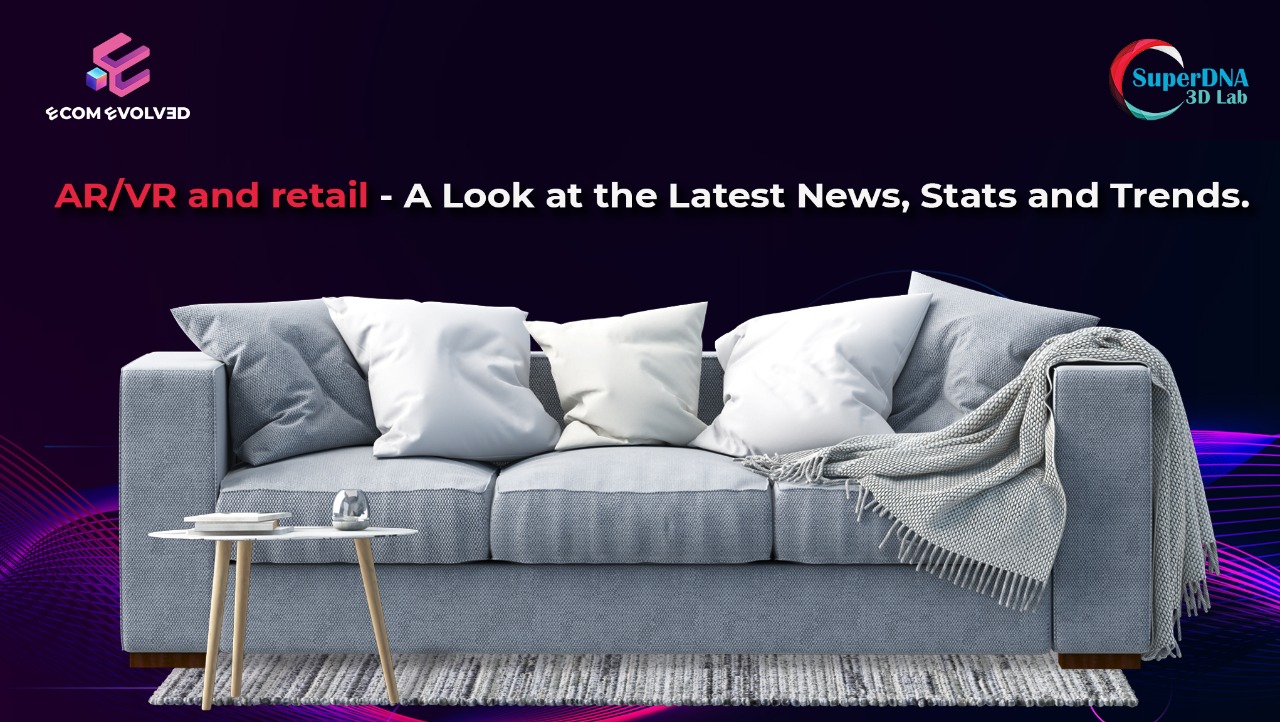
According to a study by The Insight Partners, the augmented reality and virtual reality market is expected to grow from $3790.94 million in 2021 to $17864.86 million by 2028 at a CAGR of 24.8% during this forecast period. Despite the inception of the technology dating back to 1968 when a computer scientist pioneered it by developing the first AR headset, it is only recently that in the retail industry, AR/VR use cases have emerged.
A report from Snap Inc. has revealed that there are already 100 million consumers shopping with AR online and in-store. The company has also surveyed over 15,000 consumers worldwide, partnering with Deloitte Digital and reported that a baffling 76% of the consumers indicate they want to use AR as a tool in everyday life rather than just a technological gimmick.
AR/VR and 3D technology’s importance in the e-commerce sphere was rightfully described by Helen Papagiannis, a household name in the AR landscape, when she recently stated in the Harvard Business Review – “Once a nice-to-have feature, AR has quickly become an essential technology for retailers.” Investments in AR/VR capabilities are increasing rapidly as more and more businesses look to enhance their customer experience and engagement strategies cost-effectively. North America holds the largest share in AR/VR in the retail industry, followed by Europe and APAC.
Retail giants are constantly investing in new AR/VR features to stay ahead of the curve. Kohl’s for example teamed with Snapchat and launched its virtual closet app in May 2020 which enables customers to immerse themselves in a virtual storefront by trying out products in the dressing room, experimenting with different product combinations and making purchases, all while staying in the app. Furthermore, Levi’s, a major player in the apparel and clothing industry, has expanded the immersive capabilities of its VR utility by collaborating with Squad, a digital video co-streaming software that enables people to shop together.
Notwithstanding the race to adopt AR/VR technology in the retail market, experts believe that businesses don’t need to take the long leap haphazardly and should start by investing in 3D modeling which is the foundational step towards full-fledged AR/VR content. 3D content in itself can serve the purpose of enhancing customer experiences as high-fidelity 3D product models allow a more immersive insight into product quality as compared to still photographs or even videos.
If you are a retail business wanting to invest in 3D and AR/VR for increased conversions and decreased returns, contact us at SuperDNA today.